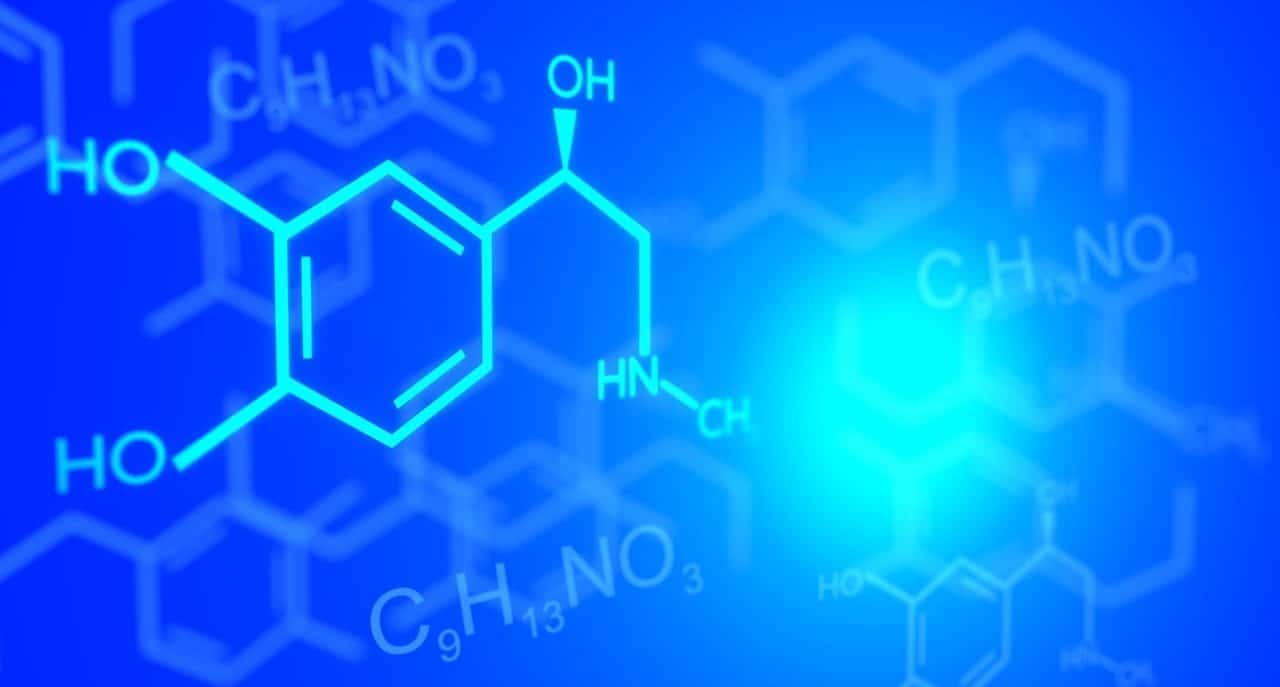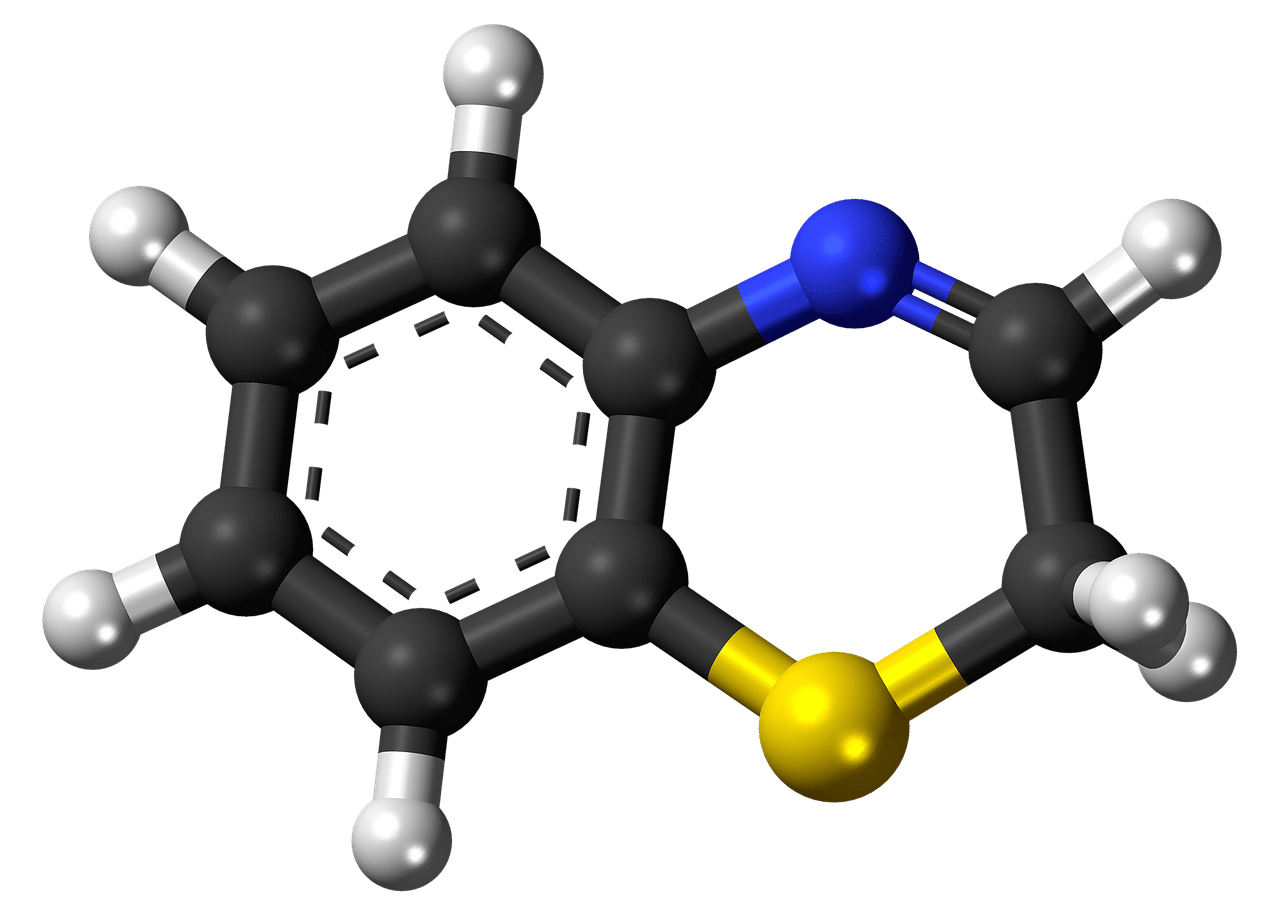
In Ancient Greece it was believed that there were four elements that were the basis of the bodies.
An element is a chemical or physical principle that is part of the composition of a body. The term comes from the Latin word elementum .
For ancient philosophy, there were four elements that were the immediate fundamental principles for the constitution of bodies: air , water , earth and fire . The existence of these four essential elements was postulated by the Greeks.
For the Chinese, on the other hand, there were five elements: water, earth, fire, wood and metal. It is worth mentioning that traditional Chinese philosophy understands them as types of energy in constant interaction.
a part of something
In other senses, an element is known as the integral part of something , the pieces that form a structure and the components of a human group . For example: "The CPU is the central element of a computer" , "My work equipment is made up of four basic elements: the hammer, the screwdriver, the nails and the screws" , "The police have detected the actions of subversive elements." within the public university .
An element is, on the other hand, an individual who is valued positively or negatively for the development of a joint action: «Gómez is one of the most important elements in our team game» , «This man is a bad element who always generates problems in the office .

The combination of two or more chemical elements creates a compound.
What is a chemical element
A chemical element is usually defined as the substance that cannot be decomposed into a simpler substance through a chemical reaction. The concept refers, on the other hand, to the type of atom that has the same number of protons in its nucleus .
Within the field of chemistry , there is a model of organization of the known elements called the periodic table : it contains 118 elements, arranged according to their atomic weight. Regarding the origin of each chemical element, some were found in nature, as parts of simple substances or compounds, while others were developed artificially with the help of a particle accelerator or an atomic reactor, in which case they have an instability such that they can only exist for a small fraction of a second.

The union of the elements of a chemical compound can occur through various types of bonds.
Metals vs. non metals
Although there are different ways to classify chemical elements, the distinction between metals and non-metals is the fundamental one. There are numerous differences between these groups, both in their chemical and physical properties, and some of them are detailed below.
The metals
- They have a low ionization potential and their specific weight is high.
- They usually have between one and three electrons in their last energy level.
- Except for mercury, gallium, cesium and francium, they are all solids.
- They have a very shiny appearance.
- They conduct heat and electricity very well.
- They are malleable and ductile.
- When they lose electrons, they become oxidized.
- Only one atom forms its molecule and when its crystalline structure unites with oxygen it generates oxides, which form water when they react with water;
- The alkaline type have more activity.
non-metals
- They tend to gain electrons.
- They have a high ionization potential and their specific weight is low.
- With few exceptions, they have between four and seven electrons in their final energy level.
- They exist in the three physical phases of aggregation.
- Its appearance is not shiny.
- Its performance in conduction of electricity and heat is very poor.
- They are neither malleable nor ductile.
- Through the gain of electrons, they are reduced.
- A minimum of two atoms make up its molecules.
- When they join with oxygen they generate anhydrides, which produce oxyacids through a reaction with water.
- The most active are oxygen and halogens.
- Many of them present allotropy, a property that allows certain elements to have different chemical structures (oxygen, for example, can occur as O2 or as O3 , that is, as atmospheric oxygen or ozone , respectively).
Examples of elements
From everything mentioned, we can name different examples of elements, taking into account the various meanings of the notion.
As we already indicated, an element can be a unit , a factor or a fragment of a whole. For example, the screen , the power and volume buttons and the case are constituent elements of a cell phone or mobile phone . These are objects that can be recognized independently but that function as a whole.
The elements can also be the members of an organization or corporation. It can be said that a certain terrorist cell is made up of elements of different nationalities : therefore, it has members from different countries.
If we think about chemical elements, an example is aluminum . With atomic number 13 , it is a metal with a large presence in the crust of planet Earth .
Another chemical element is neon , with the symbol Ne . This noble gas is colorless and its atomic number is 10 .
